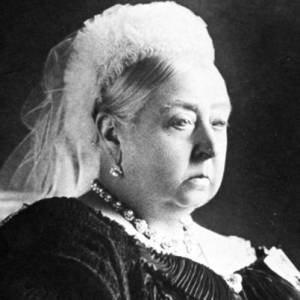Queen Victoria of England was a carrier of hemophilia. Because she was only a carrier, she did not have the disease herself, but rather passed it on to her seven children. Of these children, one son, Leopold, had the disease, and several daughters were carriers. The carrier daughters passed the disease on to the German, Russian, and Spanish royal families that they married into. As a result of this, hemophilia is often called "The Royal Disease" (Canadian Hemophilia Society, 2014). |  |
| The pedigree to the right shows the descendants of Queen Victoria and Prince Albert. (Alexandrina Victoria, 2014) |
For years, there was mystery surrounding the death of the Romanov Royal Family of Russia. After the Tsar and his family were killed during WWII, many people claimed that one of the bodies was missing- either Anastasia, the youngest daughter, or Alexei, the youngest son. However, many people believed that it could only have been the Duchess Anastasia. Why not Alexei? The answer can be found in the pedigree above. Alexei, the heir to the Tsar's throne, suffered from severe hemophilia. In fact, many believe that one of the reasons that Russia was in turmoil was because the royal parents were too concerned with the health problems of their son to take care of the country. They hired the famous Rasputin, a strange monk who was believed to be evil by common people, to heal Alexei. This association caused the public opinion of the Tsar and Tsarina to plummet, and they were eventually imprisoned and shot. Alexei's disease wasn't the sole reason for the overthrow of the government, but it didn't help matters. Could the outcome have been different if he hadn't had The Royal Disease, passed on from his great grandmother? |  (Alexandrina Victoria, 2014) |
So, when was the disease first recognized? The disease actually goes back quite a bit, and symptoms appear throughout history. For example, in the 2nd century Jewish law claimed that a son did not have to be circumcised if two brothers had already died from the procedure. In 1803, Dr. John Conrad Otto researched a bleeding disease that could be traced back through families. However, it wasn't until 1828 that the word "hemophilia" was used by a scientist at the University of Zurich. (Canadian Hemophilia Society, 2014).